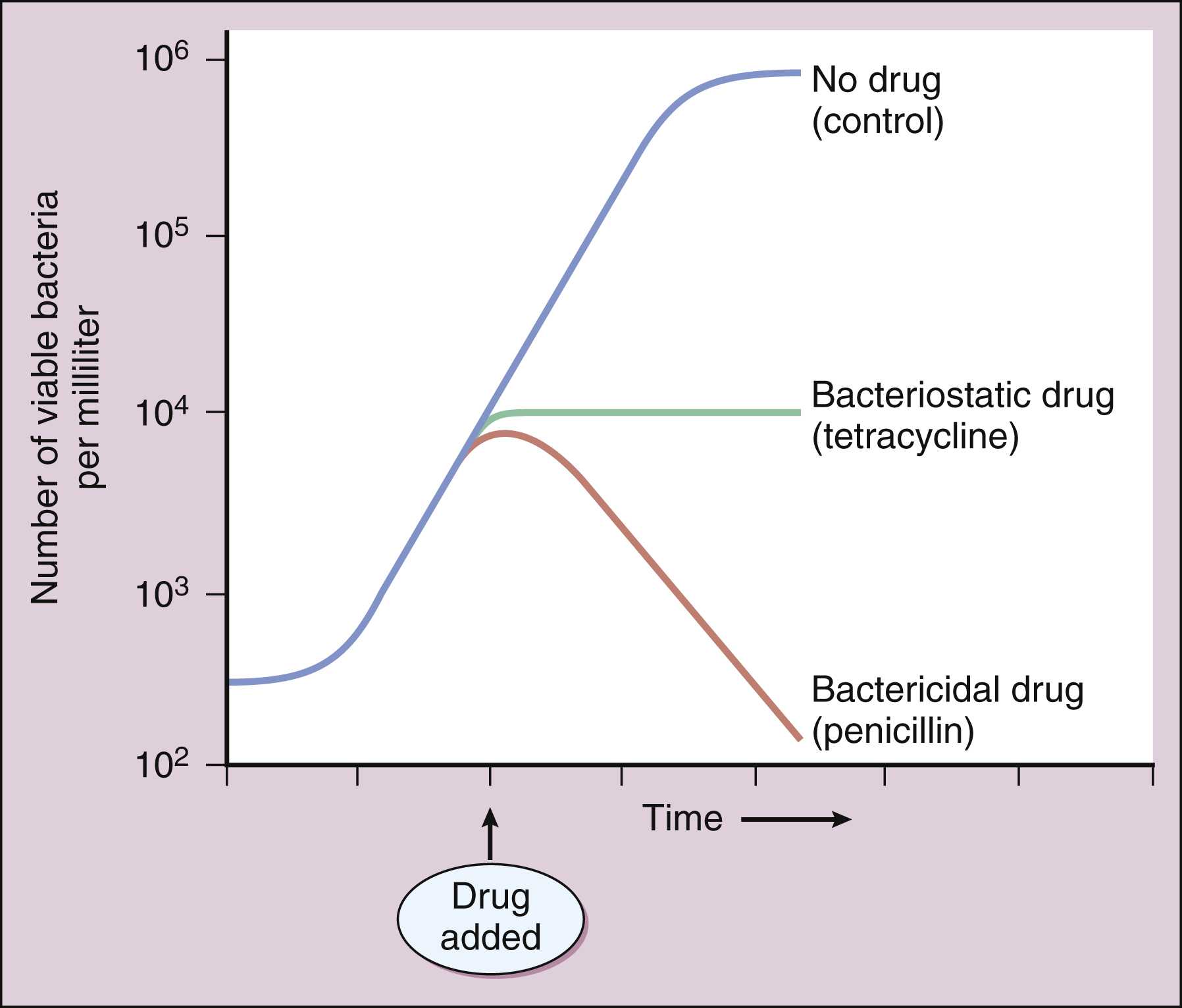Antibiotics are compounds that prevent the growth of bacteria and fungi and also help in their lysis. Bactericidal antibiotics are antibiotics that cause bacterial cell death; as seen with penicillin, they lower the bacterial count. In certain cases, certain antibiotics can exhibit bacteriostatic activity, and in others, bactericidal activity, when adequate damage occurs to one or more cell pathways or structures.
- Natural antibiotic agents are produced by both bacteria and fungi, with actinomycetes being the largest group of antibiotic-producing bacteria.
- Antibacterial or antifungal medications may be antimicrobial. There are still no known useful agents that, due to their various molecular and cellular targets and microbial cell penetration problems, are effective as both antibacterial and antifungal agents.
- Although natural products or semisynthetic derivatives are the majority of the main groups of antibiotics in medicinal use, there are three classes of man-made, synthetic antibiotics in clinical use.

Classification Of Antibiotics
The availability of different structural classes of antibiotics, synthetic, natural, and semisynthetic, allowed the identification of bacteriostatic and bactericidal targets in bacteria.
The antibiotics are classified based on their structure and their mode of action. The classification is based on the inhibition of the host cell.
1. Inhibitors of the cell wall
2. Inhibitors of proteins
3. Inhibitors of membrane function
4. Anti-metabolites
5. Inhibitors of nucleic acid synthesis
This group contains various antibiotics. The antibiotics work to reduce the bacterial presence or toxicity of the target part of the cell, but they themselves are still toxic to some degree.
- Based on the action of antibiotics as bacteriostatic agents that restrict bacterial growth and replication, the types of antibiotics can be categorised and the other is the action of antibiotics as bactericidal agents that induce death of bacterial cells.
- The former category includes Chloramphenicol, Oxazolidinones, Sulfonamides, Macrolides and the latter includes β lactams, Aminoglycosides, Tetracyclines, Glycopeptides, Ansamycins, Quinolones, Streptogramins, Lipopeptides.
When do microbes make antibiotics and how do they manage self-protection?
- Approximately all components of secondary metabolic pathways, pathways dispensable under certain growth conditions and secondary to the main routes and life-sustaining roles of metabolism are natural products of antibiotic activities, whereas microorganisms are in active growth phases.
- But as antibiotic producers enter stationary stages and face competition for space and/or nutrients, they turn on the genes that encode antibiotic molecules and use them to monitor the growth of their neighbors’ chemical war, or even more deliberately wage it on them.
- Antibiotic producers will then have a selective growth advantage, including proximity to their dying neighbors’ nutrients, and will have selective pressure to retain and transform on antibiotic-producing pathways in times of need.
- We will analyse the signals and coordination machinery known to turn on antibiotic pathways between (quorum sensing) and within bacteria (two-component regulatory pathways).
- To shield from the lethal chemical weapons bacteria and fungi create antibiotics which is required mechanisms of self-protection or autoimmunity.
- The most popular among them is the closely combined export of the mature antibiotic from the generating cell into the external medium to keep intracellular concentrations down in the producing organism.
- They use a range of techniques. Some antibiotics are shipped while still inactive, such as the aminoglycoside streptomycin and the macrolide oleandomycin, one step away from the final enzymatic maturation that occurs extracellularly.
- Other antibiotic manufacturers change the structure of their own cell walls, adjust the protein synthesis machinery part of peptidyltransferase on bacterial ribosomes, or or produce desensitising structural mutations in DNA replication enzymes to shield them from self-destruction.
References